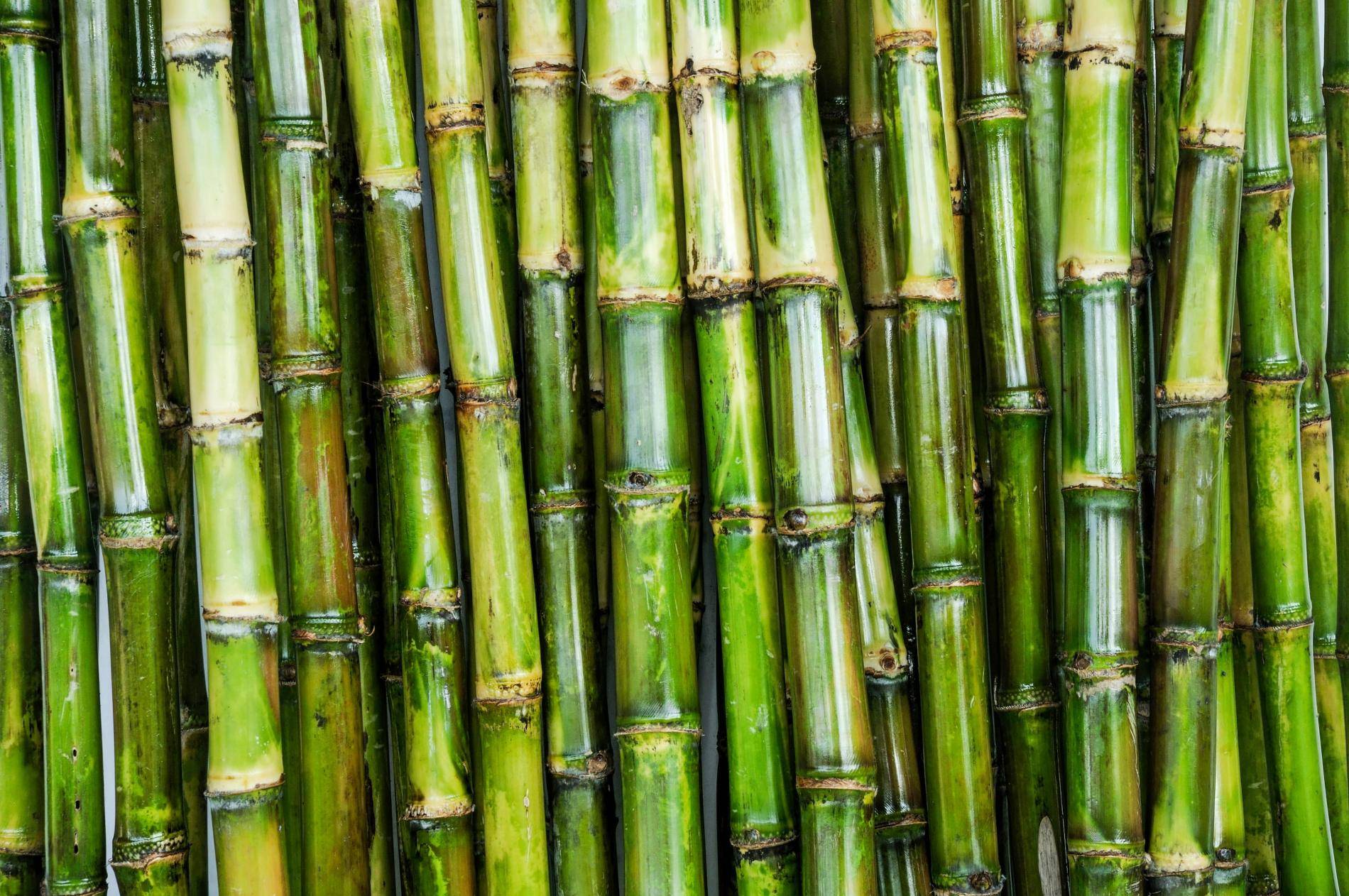An In-Depth Guide to the Ecological Influence and Sustainability Practices in Cane Sugar Handling
The environmental influence of walking cane sugar handling presents an intricate range of difficulties that warrant mindful exam. From soil destruction and too much water use to the carbon footprint linked with farming and manufacturing, the consequences of typical methods are far-ranging. What details methods can be executed to strike a balance between efficiency and environmental stewardship?
Overview of Walking Cane Sugar Handling
Cane sugar handling includes a collection of systematic actions that transform sugarcane into refined sugar. Initially, gathered sugarcane is delivered to processing facilities, where it undertakes cleaning to get rid of soil and particles. Following this, the walking cane is squashed to draw out juice, which is then made clear by removing pollutants with home heating and the enhancement of lime.
The cleared up juice undertakes dissipation, where water is gotten rid of to concentrate the sugar web content. These crystals are separated from the continuing to be syrup making use of centrifugation, resulting in raw sugar.
The end product is after that dried and packaged for distribution. Throughout this whole process, preserving effectiveness and quality assurance is necessary to ensure the sugar fulfills industry requirements. Each step in cane sugar handling not just adds to the end product but additionally has effects for source use and waste generation, establishing the stage for conversations on sustainability and environmental impacts related to sugar manufacturing.
Ecological Challenges of Manufacturing
The production of walking cane sugar presents numerous significant environmental challenges that warrant focus. One main issue is the extensive use agrochemicals, including chemicals and fertilizers, which can cause dirt degradation, biodiversity loss, and contamination of regional water resources. The drainage from sugarcane areas usually carries these chemicals into neighboring environments, interfering with water life and impacting the health and wellness of communities reliant on these water bodies.
Another obstacle is the high energy usage related to sugarcane handling. The boiling and refining stages call for significant heat, mainly produced by melting nonrenewable fuel sources, adding to greenhouse gas exhausts. In addition, the large acreage required for sugarcane cultivation can result in deforestation and habitat devastation, additional aggravating climate change and harmful wild animals.
In addition, the labor practices in some regions raise ethical worries, as workers may deal with inadequate working problems and poor earnings. This situation typically bolsters a cycle of destitution in local communities. Cane Sugar Processing. Addressing these environmental difficulties is critical for creating more lasting techniques in walking cane sugar production, ultimately benefiting both the setting and the communities associated with this industry
Water and Land Use Impact
Water resources and land application are important parts in the walking stick sugar industry that considerably influence the atmosphere. The farming of sugarcane requires considerable water input, with quotes suggesting that it can take in as much as 2,000 litres of water per kg of sugar generated. This intensive use water usually brings about deficiency of neighborhood water resources, impacting not only the sugarcane ranches however also bordering ecosystems and neighborhoods that depend on the exact same water sources for agriculture and residential usage.

Additionally, land use for sugarcane farming can bring about logging and the conversion of natural environments right into monoculture ranches. This practice decreases biodiversity, interferes with regional ecological communities, and adds to dirt destruction. The expansion of sugarcane fields commonly intrudes on valuable agricultural land, creating competition for resources between food and biofuel manufacturing.
Lasting practices, such as enhancing watering strategies and implementing plant turning, are essential to reduce these effects. By taking on much more efficient water usage and land monitoring methods, the walking cane sugar sector can lower its eco-friendly footprint, guaranteeing a balance in between agricultural efficiency and environmental preservation.
Greenhouse Gas Emissions
Greenhouse gas exhausts stand for a substantial environmental concern within the walking cane sugar handling industry, specifically as farming methods broaden to meet international need. The growing of sugarcane, a crop that prospers in tropical climates, relies greatly on synthetic fertilizers and chemicals, which add to laughing gas exhausts. Furthermore, land-use adjustments, including deforestation for new sugarcane ranches, launch carbon dioxide saved in plant life and soil.
Throughout processing, energy intake is another significant resource of greenhouse gas exhausts - Cane Sugar Processing. Lots of sugar mills utilize nonrenewable fuel sources to power machinery and generate warmth, causing significant carbon impacts. Additionally, the transportation of raw sugarcane and ended up products adds layers of discharges with fuel burning in cars
The advancing effect of these discharges worsens climate change, presenting risks not only to the setting however likewise to the long-term feasibility of the market. Stakeholders need to recognize the immediate requirement for thorough approaches that resolve these exhausts. This involves assessing present farming practices, processing techniques, and transportation systems to determine locations for improvement and mitigation. Addressing greenhouse gas discharges is important for cultivating an extra lasting walking stick sugar sector in a transforming climate.

Lasting Practices and Innovations
Sustainable techniques and advancements are increasingly essential in the cane sugar handling market as stakeholders seek to lower environmental influences while maintaining performance. One considerable advancement is the application of incorporated crop management, which maximizes resource usage by integrating dirt monitoring, pest control, and plant turning strategies. This method improves return while minimizing chemical inputs and preserving dirt wellness.
Furthermore, the adoption of renewable energy resources, such as biomass from sugarcane deposits, has gotten grip - Cane Sugar Processing. By transforming visite site waste products into energy, processing facilities can decrease their reliance on nonrenewable fuel sources, consequently decreasing greenhouse gas exhausts
Water monitoring practices have actually additionally seen improvements through the recycling and reusing of water in processing plants, substantially lowering More hints freshwater intake. Innovations in technology, such as precision agriculture, enable farmers to monitor crop wellness and resource use a lot more successfully, making sure lasting farming methods.
In addition, qualification programs like Fair Profession and Rain forest Alliance encourage eco accountable farming techniques and promote social equity within the supply chain. By embracing these lasting techniques and advancements, the cane sugar handling market can improve its resilience and add positively to ecological stewardship.
Final Thought
The ecological impact of walking cane sugar processing presents substantial challenges, consisting of dirt destruction, high water usage, and greenhouse gas exhausts, alongside moral issues connected to labor practices. Addressing these problems via sustainable practices, such as integrated plant monitoring, renewable power fostering, and water recycling, is vital. By promoting socially fair and ecologically accountable methods in sugar manufacturing, the industry can reduce its unfavorable read what he said effects, making certain an extra lasting future for both environments and communities associated with this industry.
Cane sugar handling includes a series of methodical steps that change sugarcane into refined sugar. Each action in walking stick sugar processing not just adds to the last product but likewise has implications for source usage and waste generation, establishing the phase for conversations on sustainability and environmental impacts associated with sugar manufacturing.
Greenhouse gas discharges represent a significant environmental concern within the walking cane sugar processing industry, particularly as farming techniques expand to satisfy global demand.Lasting practices and technologies are progressively essential in the cane sugar handling industry as stakeholders seek to minimize environmental effects while keeping efficiency.The ecological impact of walking stick sugar handling offers significant difficulties, consisting of soil deterioration, high water intake, and greenhouse gas emissions, alongside honest problems associated to labor techniques.